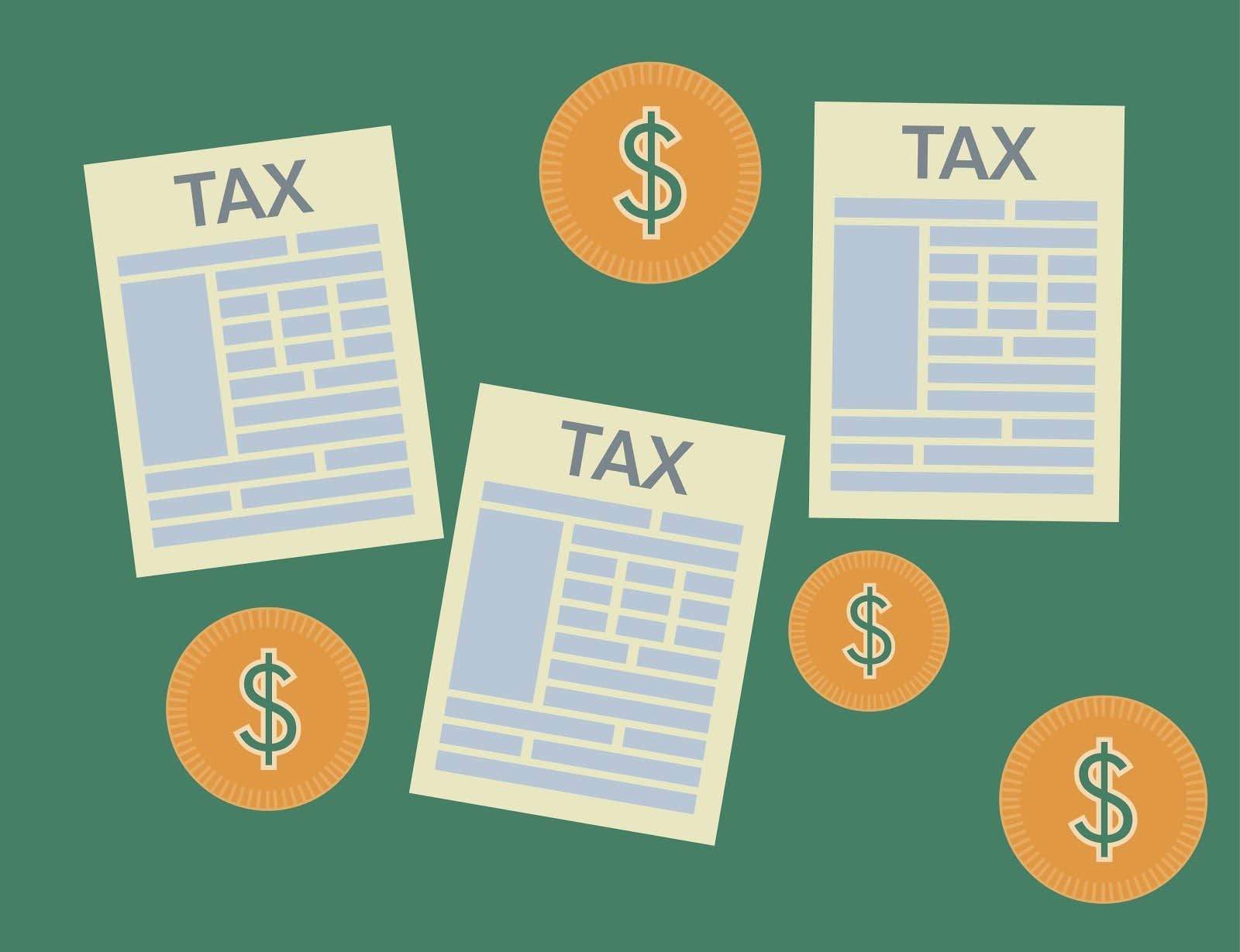Deploy and Integrate with Salesforce Billing
Learning Objectives
After completing this unit, you’ll be able to:
- Identify the different deployment models for Salesforce Billing.
- Identify how Salesforce Billing helps Finance manage taxation.
- Identify how Salesforce Billing helps Finance manage payments.
- Articulate the platform approach to integration with Salesforce Billing.
The Final Stretch
Can you feel it? We’re almost there! In the previous units, we discussed the many ways Salesforce Billing enables you to rethink your business, collaborate with your partners in Sales and Sales Operations, and take your relationships with customers to the next level.
But how do you implement it? While we’re not going to give you a step-by-step tutorial on how to set up Salesforce Billing in this unit, we are giving you key ideas to think about when implementing a modern billing solution.
The Different Deployment Models for Salesforce Billing
Back in Unit 3: Give Finance a Helping Hand, we called out why it’s so important to maintain flexibility throughout the revenue lifecycle. It benefits Sales, as they can sell the way they need to, while you still maintain the appropriate guardrails for pricing, data capture, and workflow. At the same time, it helps you maintain the appropriate balance of making your customers happy while also fulfilling your business obligations.
There is another area of flexibility that our platform offers, and that’s with process. We’re not talking about workflows and data handoff here. We’re talking about implementing the best revenue lifecycle model that makes sense for your team and your technology footprint.
|
Lead-to-Invoice
|
It solves scale challenges when launching new products, invoicing challenges with subscription, usage/metrics charges, and consumption/utility charges. Financial operations and accounting is still managed in ERP, but with cleaner data, as there is only one pricing and transaction engine. |
|
Lead-to-Cash
|
This model is illustrated in Unit 3: Give Finance a Helping Hand. In this model, Salesforce Billing also supports invoicing and orchestrates collections. Clean data is handed off for GL and reporting. |
Each option has its own considerations and various levels of impact to your Finance and Accounting teams. It also affects your technology footprint and how you use ERP and other finance/accounting tools that may be in your portfolio.
Let’s Talk About Integrations
Throughout this module, we’ve shown you the critical areas that are streamlined by having Salesforce CPQ and Salesforce Billing on the same platform. It’s the same platform that makes integration with tax calculators, payment processors, and ERP easier.
Tax Management
With Salesforce Billing, you have the flexibility to set up unique tax rules for each product. Declaratively (point and click) assign one or multiple rules to fire, ensuring you get taxation right. For example, you can determine:
- Whether or not a product should be taxed in the first place
- What integration should be used (more on that below)
- Tax code(s)
- GL rules to direct the record keeping process
- And more
Just like how our platform gives you the option of how it should be deployed, Salesforce Billing makes it easy for you to use our standard, preloaded tax feature and integrate with one or more third-party tax solutions, many of which have developed native integrations (such as Avalara and Vertex).

Whether you use a complete system that calculates taxes for invoicing and remittance filing, or you need to use a third-party calculator and then need to hand off to yet another tool (phew!), the platform can support these steps.
The goal is to get you focused on how you can build the right process that serves your organization and your ability to deliver on the expectations of your customers and stakeholders.
Payment
Native integrations with payment systems like PayPal, Authorize.net, and CyberSource, to name a few, are available for the Lead-to-Cash model. Here, Salesforce Billing helps track and manage invoices and payments. You can declaratively set up debit or credit notes against invoices. And you can automate some or all of the processing.
Key features include:
- Process Payments. Process full or partial payments using stored payment methods against multiple invoices and at the individual line level.
- Recurring Payments. This enables you to automate the payment process. Rules are set up to have Salesforce Billing evaluate invoices over time and make scheduled payments against the customer’s payment information.
- Apply Credits and Debits. Issue stand-alone credit or debit notes and apply notes to individual invoice lines.
Then, a clean hand off of transactional invoice settlement data is made to ERP for financial reporting.
About ERP
Again, the deployment model you choose influences how you treat the integration with ERP. Luckily, once you have the process figured out, Salesforce or a Systems Integrator can help identify the right type of integration.
The Salesforce Platform offers native connectors with major ERP systems and a catalog of partners who can help you figure out the best approach. These are available on the Salesforce AppExchange, our application marketplace. And if there are any custom integrations required, the system scales with you. With every automatic upgrade, we ensure our APIs are backward compatible, so that the connections you put in place don’t break.
Your Partners Along the Way

OK, let’s do a quick roll call of all the teams involved in transforming the revenue lifecycle.
- Your customers (required)
- Finance (most definitely)
- Operations
- Sales
- Systems Integrator
- Salesforce CPQ and Salesforce Billing
There is definitely a method to how we ordered this list. When it comes to business transformation, whether it’s focused on implementing new products and services, new business models, or reevaluating your relationships, this is the ideal order of importance. In a perfect world, everything cascades from the customer and how you’re adapting to their needs.
But we know things can get tricky fast. So it’s important to have the flexibility and open collaboration between teams and the right technology to effect that change. When you focus on this kind of transformation, it pays off through customer loyalty, recurring business, and a type of scale and nimbleness that is priceless. And you can take that to the bank.
